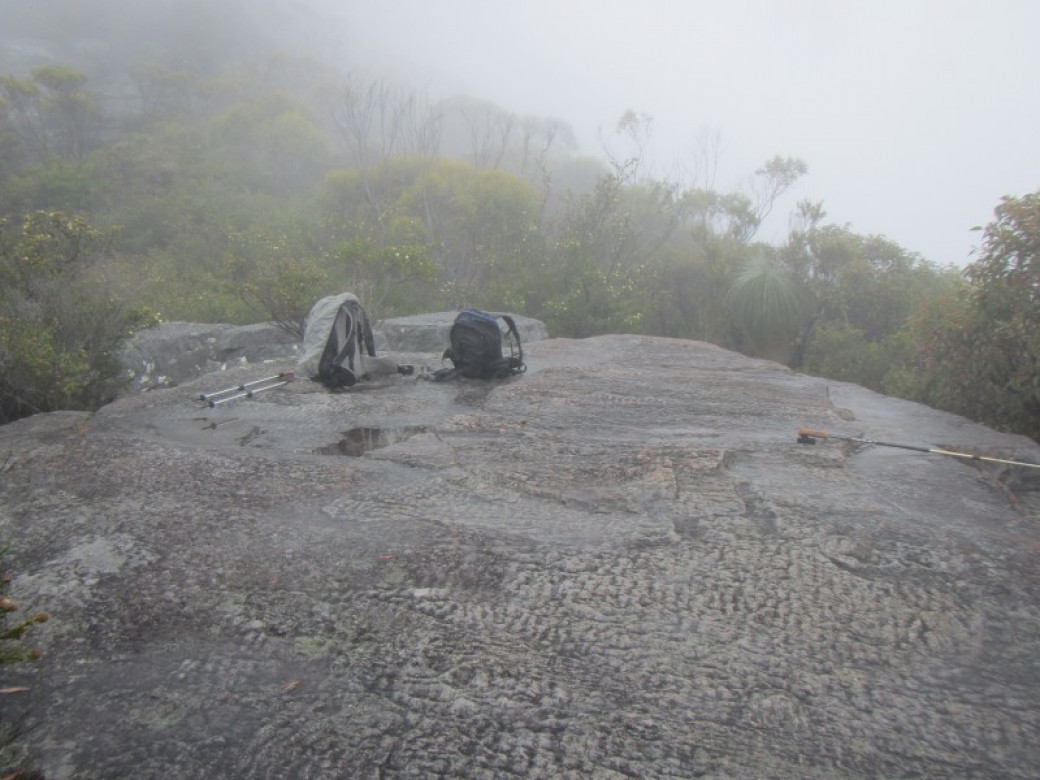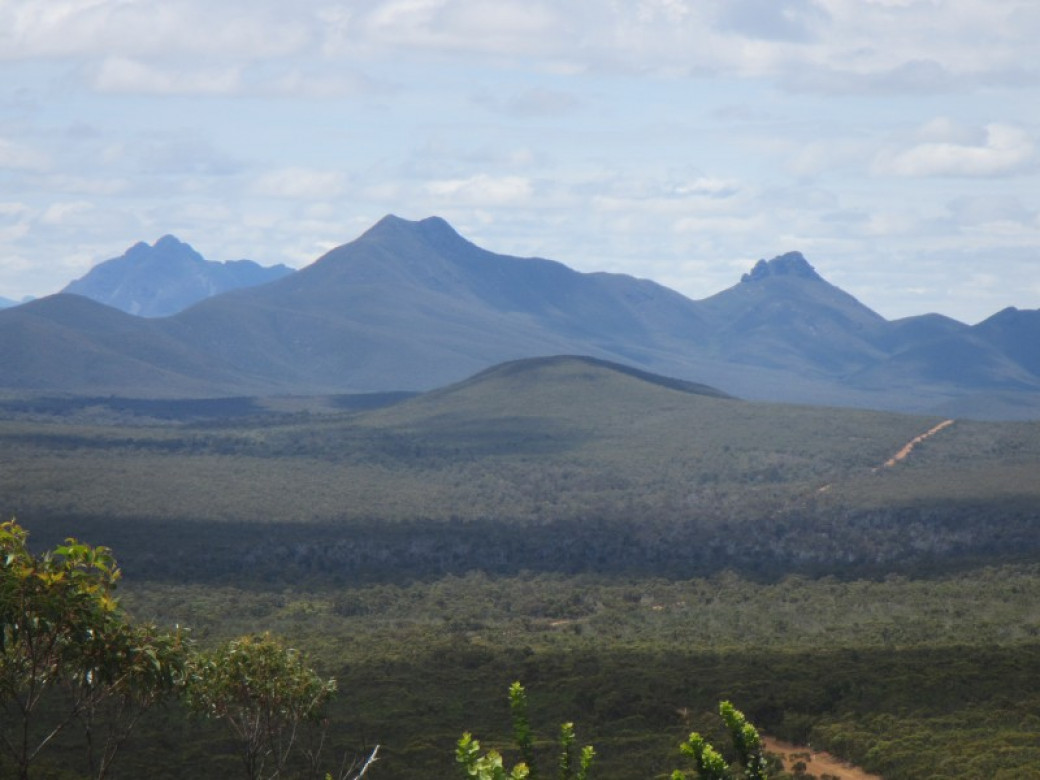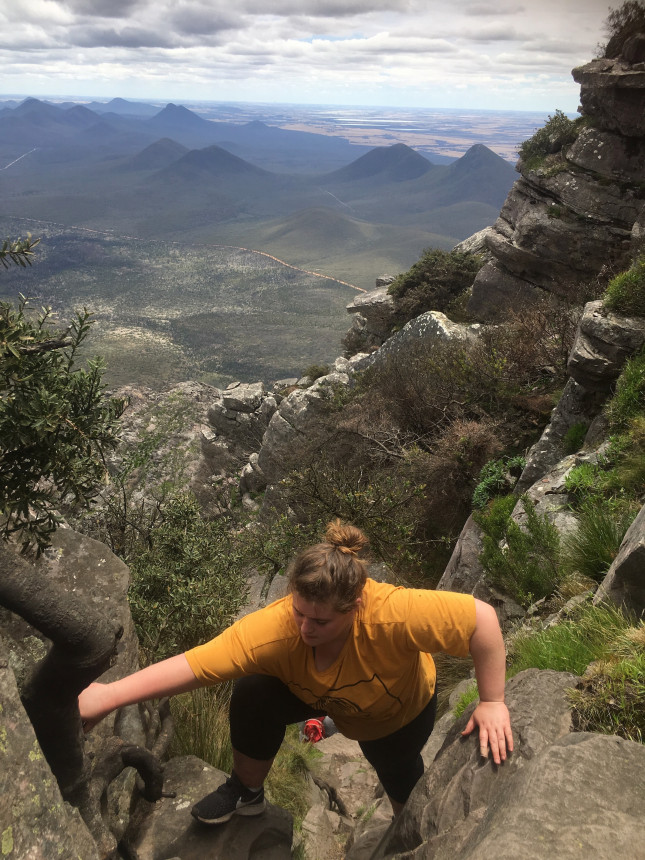Stirling Range National Park
Bush Walk network in South West

About Stirling Range National Park
Stirling Range National Park is home to one of Western Australia's highest peaks, Bluff Knoll. Take the challenge and climb Bluff Knoll, which rises more than a kilometre into the air, or go rock climbing at Ellen Peak. You'll be rewarded with panoramic views of the park and surrounding plains. Bluff Knoll is one of the few places in Western Australia where it snows - but only very occasionally!
Stay in the area a while and hike some of the other trails in this spectacular area - you won't be disappointed.
Stirling Range National Park is also known for its staggering range of wildflowers - more than 1,000 different species, some of which are found no where else.
Sirling Range Ridge Walk
If you are considering undertaking the Stirling Range Ridge Walk, also known as the Eastern Peaks Ridge Route, or other cross country walks, you are advised to contact the Stirling Range National Park rangers or the Albany District Office to obtain more detailed information. (Stirling Range National Park office – 9827 9230; Albany District office – 9842 4500)
The Ridge Walk is approximately 26km one way from the north east corner of the park boundary via Ellen Peak to the Bluff Knoll Car park. This is a difficult and challenging, unmarked, cross country bushwalk with no designated trail through a Wilderness Zone.
It takes two to three days to complete the hike through rugged terrain. This bushwalk is not a managed route and natural hazards exist. Walkers are responsible for their personal safety and will need to ensure they are well planned, prepared and exercise appropriate caution.
To undertake the Ridge Walk bushwalkers require previous experience in the outdoors and a high level of specialised skills and equipment including navigation skills, a map and navigation equipment to complete the walk. Bushwalkers need to be self-reliant, particularly in regard to emergency first aid and be prepared for unforseen weather conditions which may be extreme. Storms and severe weather may affect navigation and safety. Walkers undertaking this route are strongly advised to carry their own Personal Locator Beacon and mobile communication devices in case of emergencies.
Weather wise
The peaks of the Stirling Range are subject to rapid, unpredictable changes in the weather. Hikers should be prepared for sudden cold changes that cause the temperature to drop and rain or hail to set in.
All visitors are strongly advised not to enter the bush or use footpaths on days of extreme fire danger. If you are planning to hike off marked trails, abseil or rock climb, please register your details at the shelter in the picnic area across the road from Bluff Knoll Road entry station. If you plan to hike on an established walk, no registration is required.
Getting There
The Park is 405km (4.5 hours) south of Perth along the Albany Highway until turning off onto the Frankland-Cranbrook Road. The Park is just 85km (1 hour) north east of Albany along Chester Pass Road then Toolbrunup Road.
Accommodation
Moingup Spring is a lovely bush camp set amongst jarrah and marri trees and centrally located in the park. Camping fees apply. Stirling Range Retreat and Mt Trio Bush Camping and Caravan Park, both on the park’s northern boundary, offer a range of accommodation and services.
Facilities
Drinking water: No
Toilets
BBQ's
Lookouts
Can’t find something you’re looking for?
Our Explore Map tool provides a lot of detail and filters to help explorers find the best and most suitable trails. Head on over to our Explore Map for greater search capacity.

Supported by great organisations
Trails are free and bring so many benefits to our community by providing opportunities to have fun, get fit, socialise, explore and challenge yourself. But they also have to be managed and maintained which only is made possible through terrific sponsors, donations and/or volunteering.
-(1680-×-200-px).jpeg)

View 58 Photos of Stirling Range National Park


























































